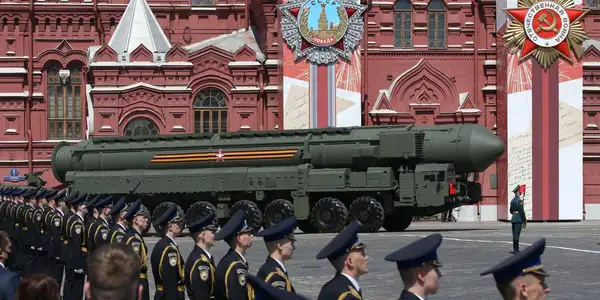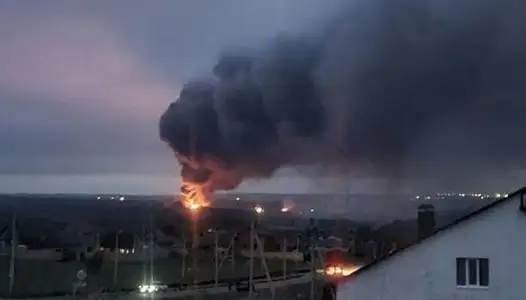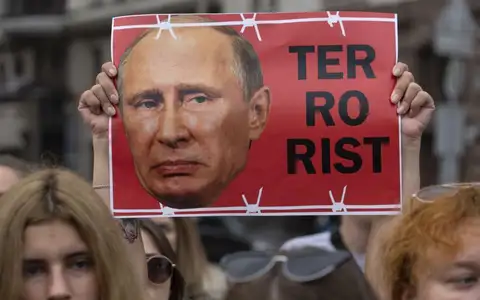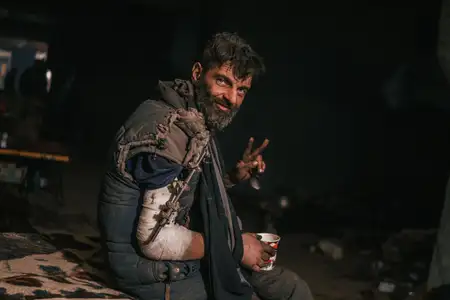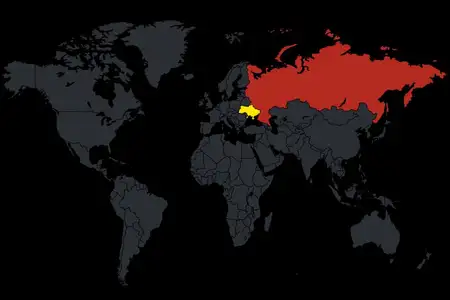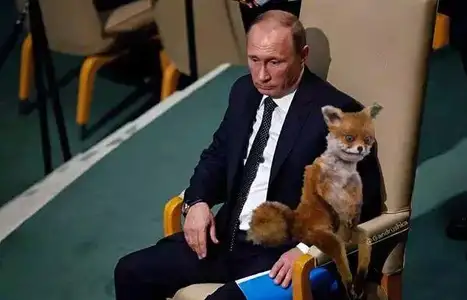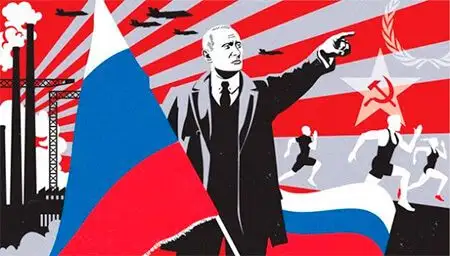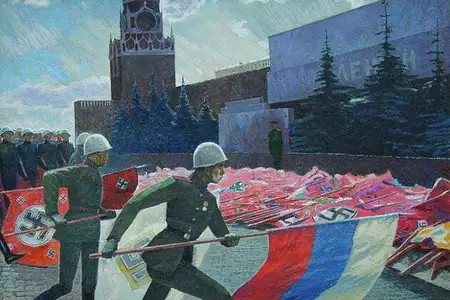Cities at war: Vinnytsia — the town of good people
Today we would like to start a new series of articles, not really on military topics but rather on wartime life. Before the attack, I don’t think many people in the world knew much about the country of Ukraine. Some thought we were a third-world country with total corruption and lawlessness, some thought we hadn’t moved far from the USSR, and many just didn’t know anything. But in the current reality, we are beginning a series of stories on life in different cities of Ukraine during the war. The articles will be written by different people who are actually located in this city and know everything firsthand. And while the press is already full of articles about Mariupol, Kharkiv, and other front-line cities, we will begin with a relatively peaceful and quiet place that became a refuge for tens of thousands of people from the occupied regions.
The whole cycle will be in the first person — the author of this material.
We call this cycle — Cities at war
Vinnytsia — the city of good people

I’ve been to many cities and countries around the world. But few places I have lived for more than a few days. Vinnytsia turned out to be such a city during our wartime. It became my second home. The town was lucky to remain virtually unscathed. After the first days of shock and confusion, life began to fall into place, considering the constant threat of danger and air raids.
The first thing that catches my eye about the city is its cleanliness and upkeep. Of course, comparing it to other cities would be incorrect. Still, in the streets of Vinnytsia, you rarely see lying around a cigarette butt or a wrapper. Even at the railway station.
The organization of public transport is on the top level here. Even in large cities, I’ve never seen ten buses and eleven trolleybuses at one stop. The transit runs on schedule, and even if the bus runs once an hour, you can adjust the time and be sure that the transport will be there. There are many payment methods for transport — citizen’s card, bank card, SMS, app.

One of the main transport attractions of Vinnytsia is the narrow-gauge streetcar. The streetcar network is expanding, which is a rarity in Ukraine. The basis of the park is the colorful Swiss streetcars “Mirage,” which in many ways have defined the look of the city in recent years. At one time, locals called them “new,” although the cars were many years old. A few years ago, the depot in Vinnytsia produced its own streetcar, VinWay, which looks super modern.
People in the city smile and joke around, even at such hard times. This is noticeable in the stores, transport, and street — and it lifts the mood. At first, I often asked for directions, and people not only told me the way but offered to show me the way. So now I explain to newcomers and even locals how to get there almost every day.

It would seem that the service center “Transparent Office” — is a place where people go with reluctance, in case of emergency, expecting from the staff indifference or even rudeness. But, I was surprised — the employees were polite, talked with humor, and explained everything in detail a few times. And the whole work process is organized intelligently and efficiently to avoid conflicts.
In stores and cafes, they remember you and greet you like an old acquaintance. They remember what you bought. If you do not have enough money or change — bring it tomorrow! And people do it!
Vinnytsia and the region received tens of thousands of immigrants from the hot spots of Ukraine. Volunteers have been saying that there is no need to bring more things; the aid stations are overflowing. In fact, every resident of Vinnytsia has contributed to the common cause. Entrance to the city’s museums is free for internally displaced people, including the famous Nikolai Pirogov estate museum and his tomb with the embalmed body of the great doctor. The theaters work on the road — they give plays all over the region for refugees. I’m sure a little more, and they will begin complete work on the main stages.

There are practically no classic attractions in Vinnytsia — but you get an enjoyable impression when walking around the city. The Sabarov district is impressive — it is a private neighborhood on the picturesque bank of Southern Bug, where you can see the majestic cliffs that attract many climbers. In the small, cozy zoo, cheerful meerkats, whose game can be watched for a long time, attract attention. Recently an aviary with bears was opened. The already mentioned Pirogov Museum is surrounded by a picturesque park with a botanical garden. Vinnytsia is one of few cities in Ukraine which has a planetarium.
Oh, but I forgot to mention one big attraction you have to see after the war ends. Multimedia Fountain on the river Southern Buh — the most enormous floating fountain in Europe. Ralph Douw, the CEO of Emotion Media Factory, a Germany-based company responsible for the dancing fountains in Chiang Mai Night Safari Park (Thailand) and Kangwon Land (South Korea), created an architecture project. And this company was responsible for the construction of it. You can’t describe this in words; you just have to see this with your own eyes.

Vinnytsia is a city for life. Therefore, you can see that the authorities do everything for the comfort of both locals and visitors, which have recently increased in numbers.
Sergey Dolimov, 04/30/2022


















